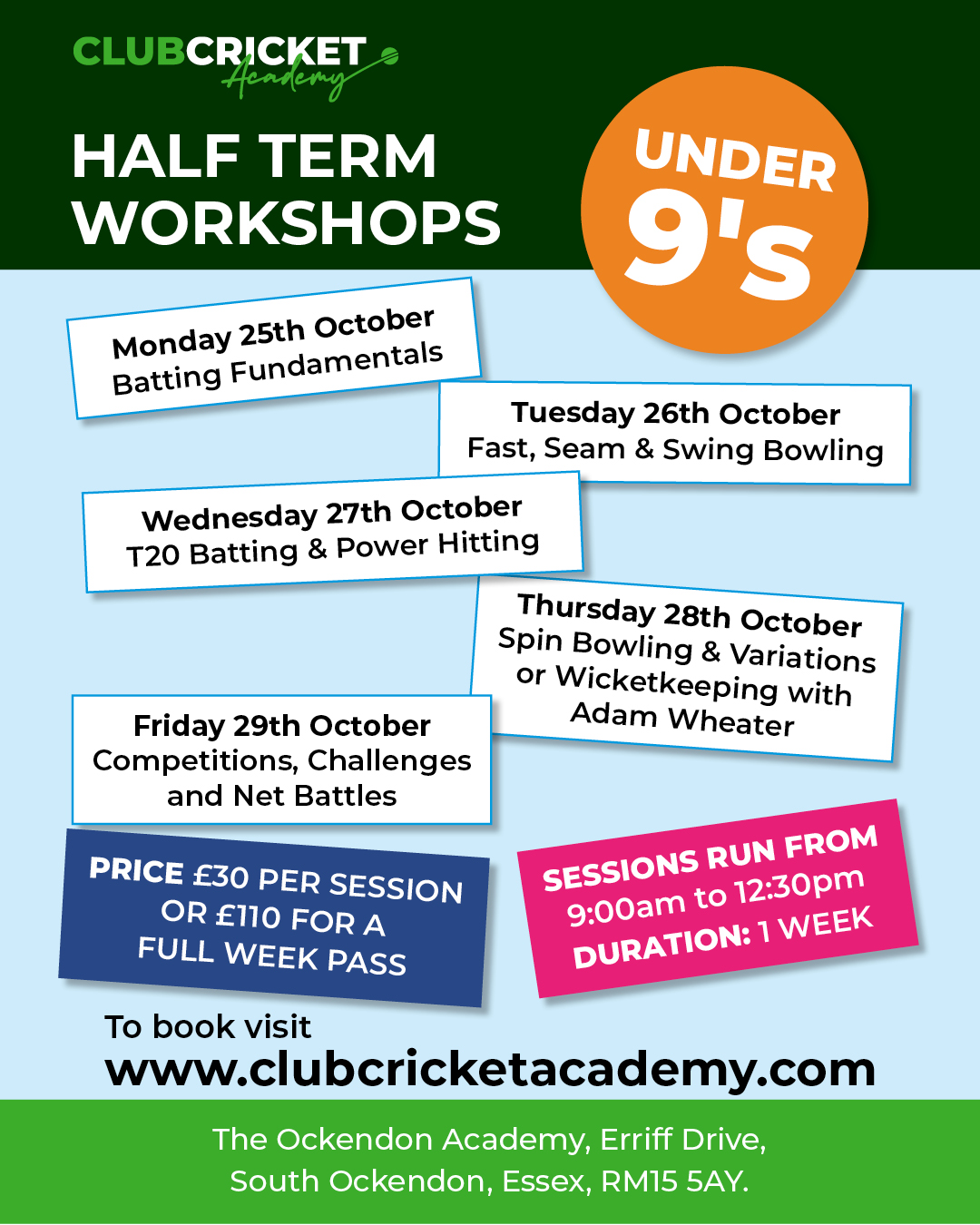Over the next few weeks, Essex County Cricket Club will be celebrating Black History Month by showcasing some of the outstanding careers of black players at Chelmsford.
We start with Norbert Phillip, who linked up with Essex in 1978 and gave excellent and effective service having succeeded Keith Boyce as an Overseas player. His tenure with the County coincided with the Club’s first taste of major success and a flavour that was to be maintained throughout his time at Chelmsford.
Born in Dominica in 1948 and christened Norbert, he was a much quieter and more introverted character than Boyce but played the game with similar verve and enthusiasm, qualities that saw him play an integral part in launching the County to a string of title triumphs, starting with the County Championship and Benson & Hedges double success in 1979.
He was already an experienced cricketer when he arrived on these shores from the Caribbean and immediately became affectionately known as ‘Nobby’ by his teammates and supporters.
A lively pace bowler who had the ability to move the ball around and find an extra yard of pace on occasions, he was also a hard-hitting middle-order batsman who had played with success for the Combined Islands in the Caribbean (he captained the Windward Islands in 1983) and also for Colne in the Lancashire League before linking with Essex for whom he was able to bring genuine pace to the attack.
Boyce had been struggling with an injury that affected his speed towards the end of his career, but the arrival of Phillip addressed that shortcoming in the Essex attack to provide a perfect partner for John Lever who was in the peak of his form.
An adept performer across all formats of the game, Phillip won 9 Test caps for the West Indies. An aggressive and clean hitter of the ball, he relied on correct technique rather than improvisation. He soon showed his ability with the bat taking 134 off the Gloucestershire attack in his first season, a summer that also brought him 65 Championship wickets.
The year of 1979 proved a golden summer for Essex and Phillip. He contributed 417 runs and took 66 wickets at an average of 21.89 as the County raced to the Championship title whilst he was also a key member of the Benson & Hedges side (he took 3 wickets in the final against Surrey) that brought the one-day trophy to Chelmsford for the first time just a couple of months earlier.
Amongst many important contributions on behalf of the team, Phillip will be fondly remembered for a couple of outstanding individual performances. He made a vital and unbeaten 80 against Surrey at The Oval, hitting 5 sixes and 2 fours, to guide Essex to a victory that ensured their first Sunday League title
And it was against the same side that he made the headlines taking 6/4 as Surrey were bowled out for just 14 at Chelmsford in 1983.
Nobby played 144 first-class matches for Essex that brought him 3,784 runs and 423 wickets whilst he also enjoyed success in the one-day game where his 158 matches saw him aggregate 199 wickets and almost 2,000 runs.
His appearances in the first-class game became less frequent towards the end of his time with Essex as injury and age began to take their toll whilst the progress of younger bowlers also restricted his opportunities.
However, he continued to make a number of telling contributions towards the Club’s success, particularly in the John Player League when his all-round performances helped flip a number of matches on their head.
He left Essex in 1985 and returned to Dominica, leaving Chelmsford as a cult hero with Members and supporters frequently discussing his talents and importance to the golden era.












